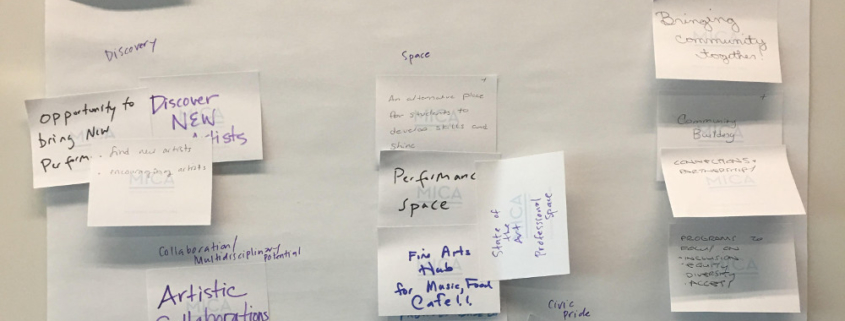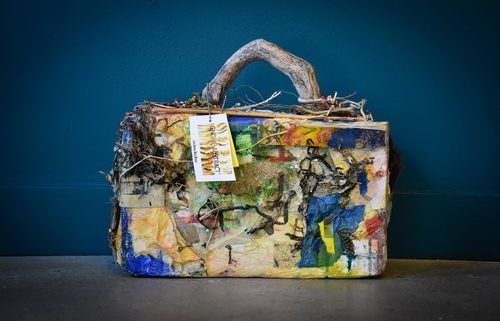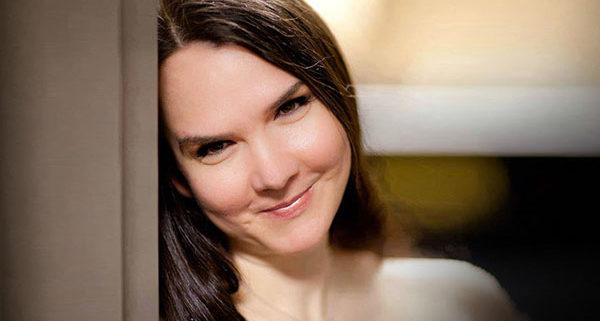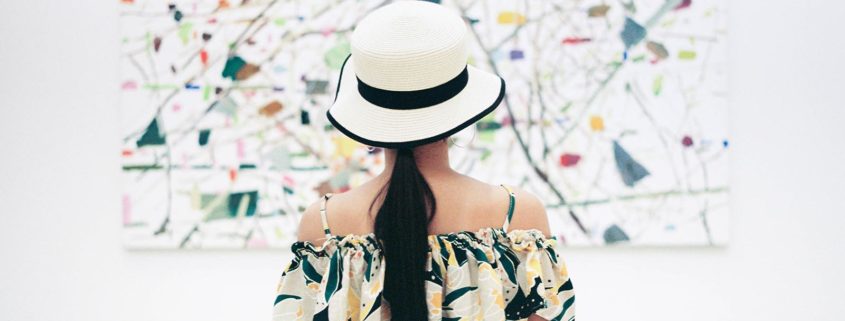Becoming an advocate for the arts is easy. It can take some time, but if you’re reading this, you must already be an arts lover and feel it should thrive. Here are five easy ways you can be an Arts Advocate Superstar:
1. Contact your Representatives:
The best way to start is at the local level. Email, call, and/or write your councilmember(s). Let your voice be heard and tell your community leaders how important the arts are to you – especially if the arts are on the budget chopping block or the city council is reviewing changes to the arts in your community. Maybe you have an impactful story about how the arts has affected your life. Why are the arts important to you? How do arts relate to the broader community? Have you read some well-informed statistic on how the arts improves lives, makes us smarter, or simply increases dopamine levels to make us happier people (what’s not to love about that)? Bring these studies to the attention of your Representatives. Remember, they represent YOU, so advocate openly and often.
The above is also true for your State and Federal Representatives. If you are unsure who your congressmen are, here are two websites that can assist you:
State
Federal
Furthermore, here is a link to all Mercer Island Council Members: name, phone numbers, and email.
2. Write your local paper (For our purposes, the Mercer Island Reporter):
Letters to the editor (LTE) are a fantastic way to inform the public of the positive impact the arts can and already do have on the Island. Remember to make your letter positive and craft your message well. Readers love a delightful story, but if that story isn’t well crafted it could cause the opposite effect than what you are trying to convey. Click here for a letter example. Are you feeling up to the task? Yes? Great! Your job, should you choose to accept it, is to write a positive story to the Mercer Island Report about MICA.
Send your letter via email here editor@mi-reporter.com
OR
use this online form http://www.mi-reporter.com/submit-letter.
3. Volunteer:
Arts organizations are massively understaffed. Usually, a staff of three must be all roles: CEO, CFO, accountant, fundraiser, marketer, administrator, copywriter, graphic designer, IT, office manager, security guard, sommelier, contractor, truck driver, line-cook, house cleaner, handyman, furniture mover, politician, and more. Needless-to-say, the staff of arts organization need your help! Want to volunteer? Easy. Go to the organization’s website and search for a volunteer page. If the organization doesn’t have one, just call. As a volunteer, you will do more than just stuff envelopes, you become an ambassador for the organization and an advocate for them in the community. A much more significant role than one thinks. People always say to me that they don’t volunteer because they lead busy lives and can’t commit every week. As arts managers, we don’t need people to show up every week, we just need people to show up when they say they will.
4. Attend arts events frequently:
Arts organizations need patrons. Whether you purchase a subscription of concerts to the Symphony, single tickets, or attend the museum “expose yourself to art.” By no means should art be a chore like your parents telling you to eat your vegetables. Attend art events that interest you, but make it a priority. If you need a fun family weekend event, go to the Seattle Art Museum; a great night out with friends can be cocktails followed by a Symphony/Opera/Jazz concert and then a late dinner; want to make some new friends, join the many young-adult clubs that organizations now have: Wolfgang Club (Seattle Symphony); BRAVO! (Seattle Opera); and Club 20/30 (Seattle Repertory Theater). If you attend events frequently, it will become second nature; “why didn’t I do this more?” you’ll ask yourself. And most importantly, have fun!
5. Donate – when & where you can:
Whether its theater, symphony, dance, or arts center – all non-profit arts organization need help paying the bills. This country is home to many wealthy and generous individuals, and non-profit leaders are thankful for that. However, there are hundreds of arts organizations around the country that worry about their bottom-line or even go out of business because they didn’t get that one grant, or didn’t sell enough tickets. You don’t have to be a multi-millionaire to help support the arts. A small investment of $20-50 ($1.67-$4.17/month) is all it takes to become a member of your local organizations: MICA, SAM, Japanese Gardens. If you are a person that has more wealth and don’t already give, consider becoming a major donor. Depending on the organization this could be between $1,000 – $10,000. You then become an invested stakeholder to the organization, feel good that you’re taking action in your community. In addtion, you get a tax deduction.
Lastly, by doing all or part of the above, you set an important example to your friends and family regarding the importance of philanthropy and supporting the arts in our country. Here on the west coast, though there are many generous donors, there isn’t the same history and background of philanthropy as there is on the east coast. If friends extol the programming of KEXP or KPLU, ask them if they are a member. If not, lightly nudge them in the direction of membership to whatever arts organization they have an interest. If you support Mercer Island Center for the Arts (MICA), invite your friends to become a Friend of MICA. People just need a simple invite to be an advocate. MICA invites you to be an advocate for the arts and for MICA.





